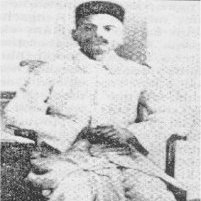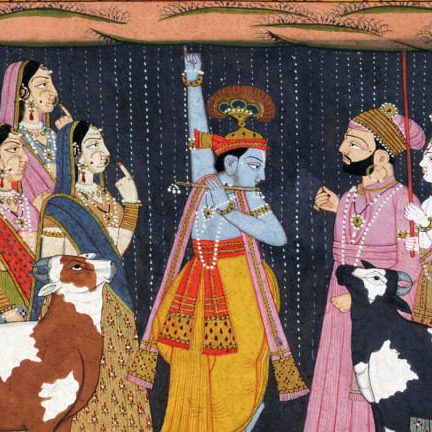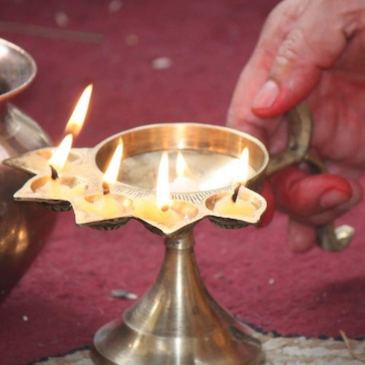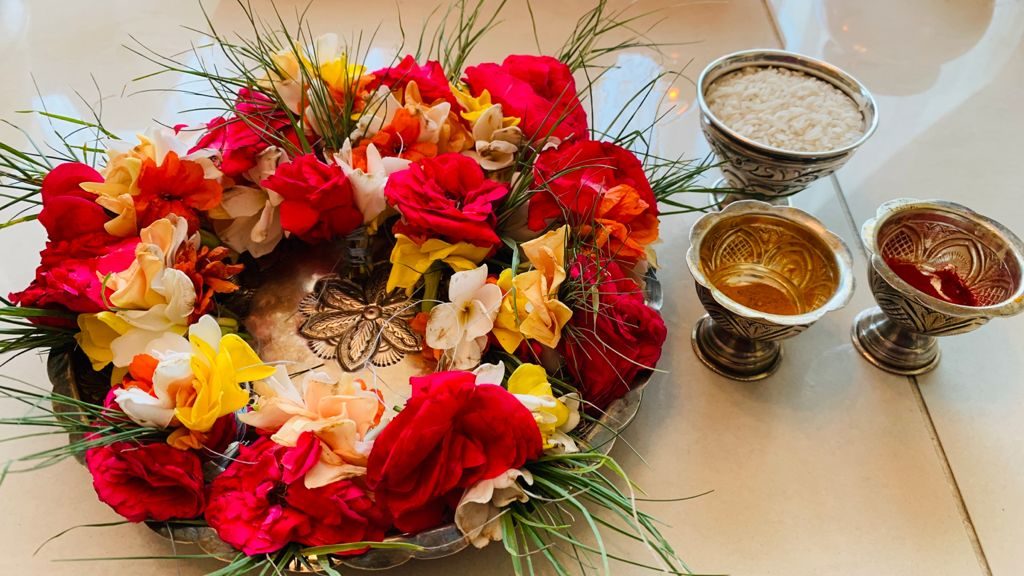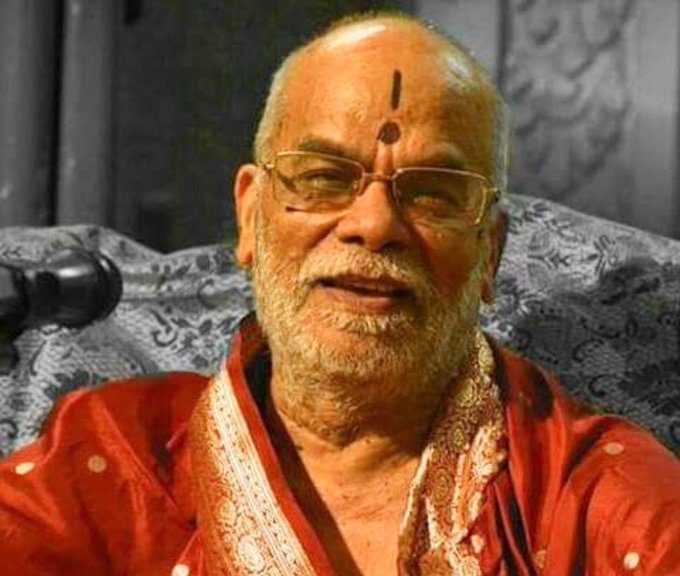Dakshina Karnataka is truly Gods own country. It was as if the Gods resided here and blessed this land with bountiful resources, wealth and spiritual leverage. For all of us Konkani’s Lord Venkatramana is our presiding deity, our guardian and to many our own family member. No wonder, many of us still call Lord Venkatramana “ Amgelo Devu”.

To me I have always been fascinated with Karkal Venkatraman Devasthan and Mulki Venkatraman. These two blessed areas are actually intertwined in history. I will in this article highlight only the former and Mulki will mentioned in my next E Samachar article. So please read on.
Karkal is situated about 60 kms from Mangaluru. Lord Sree Srinivasa is worshiped as the main and the presiding deity (pattada devaru) of the temple and is popularly known as ‘Chappara Srinivasa’. The daily deity (Uthsava Murthy) Lord Sri Venkatramana is also known as ‘Bhakta Vatsala’ who fulfills our wishes, answers any prayers made with devotion, instances of miracles in answer by the Lord here are cited by many. It has been recorded that the idol of Lord Sri Venkatramana was brought to Karkala by Soma Sharma who is a ‘Vasista Gothreeya’ Gauda Saraswath Brahmin while migrating from Goa along with him. Sohire Prabhu’ family provided him the accommodation. Although the temple was built some time in 1450 AD, the main deity was reinstalled on 15th April 25th, 1537.
In those days there were no Vaishnava temples near Karkala and the only Vaishnava temple near by Goa was ‘Tirupati Sri Venkateshwara Temple’. So Prabhu and Sharma family thought of building a temple. People over here motivated them and supported them. They built a temple and installed the idol of Lord Sri Venkataramana and started worshipping. This may actually be the oldest Venkatraman Devasthan in Dakshin Karnataka.
It is recorded in the temple books that a group of dacoits had attacked the temple during 1500 A.D, the priests of the temple had tried to prevent the main idol of the Lord and certain other valuable belongings of the temple from being taken away or destroyed by the invaders, by casting them away into a well near Mulki.
After the situation cooled down, the priests went back to Mulki and got back all the valuable belongings which they had cast away into the well, except for the main idol of the Lord. One day person from Mulki found the main idol in the well. By knowing this ,the people of Karbala rushed to Mulki to get back the idol. However by the time they reached Mulki, the people over there had installed it in ‘Shree Veera Vittala Temple’. From this incident, the people of Karkala assumed that the Lord wanted to grace the land of Mulki by his presence there. They found themselves in a dilemma as to what had to be done. They found it hard to believe that the Lord wanted to preside over Mulki, instead of Karkala. As if a solution to their dilemma, Lord appeared in the dreams of the people of Karkala and asked them to hand over his idol in Mulki to the people of Mulki. The Lord told his devotees that in the days that would come by a hermit (sanyasi who used to collect Kanika from the devotees to be taken to Tirupati) would come to Karkala and give them another idol of the Lord in which he would have enshrined himself. As per the predictions, a few days later a hermit from Tirupati, who was an ardent devotee of Lord Venkatramana came to Karkala and handed over an idol of the Lord to the people. That idol was installed in the temple. The hermit laid down a condition that the idol would be taken every year to Tirupati along with the Kanika received and the hermit settled down in Karkala itself.
The Kanika received in the name of the Lord of Tirupati is offered religiously to Tirupati Temple, periodically in a pilgrimage called Rama Dandu.So far five such Yatras in the History of the Temple, the latest being in 1970, have taken place. Once a year in a grand and ceremonious procession Lord Shri Srinivasa is taken out in Golden Mandapa and Lord Shri Venkatramana in the Golden palanquins for Vanabhojana which literally means an outing to the forest in a magnificent Hagalu Utsav,to the eastern part of Karkala. Since Tirupati is in the east, Lord Srinivasa is supposed to have been taken to Tirupati. Incidentally, this is the only day in a year when the Lord Srinivasa is taken out of the temple. Thus, the word given to the hermit is symbolically kept up year after year. The presiding deity over here Lord Srinivasa is called the Lord of Tirupati by the devotees, as the daily poojas here are like the ones offered at Tirupati. Therefore, Karkala is also known as “Padu Tirupati” (Western Tirupati). The gold, silver & wooden “Vahanas” and the other paraphernalia of the temple, speak volumes about the glory and the greatness of this temple.

Karkala Venkatraman Devasthan had their Punarpratishtan in 2017. Late H H Shrimath Sudhindra Thirtha Swamiji of Kashi Math insisted that the temple can be restored provided every detail to the last letter be maintained as it was before. Rs 21 crore was estimated to be the cost of all expenses. People of Karkala and well-wishers donated Rs 42 crore. Such is the love for our Venkatraman Devu our guardian.








